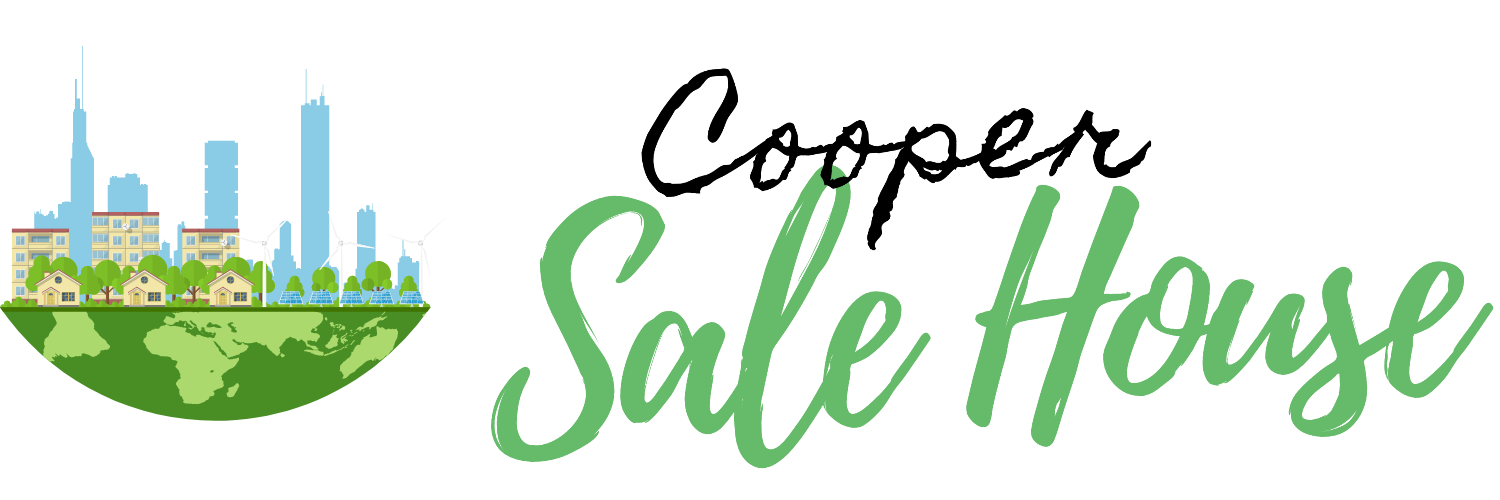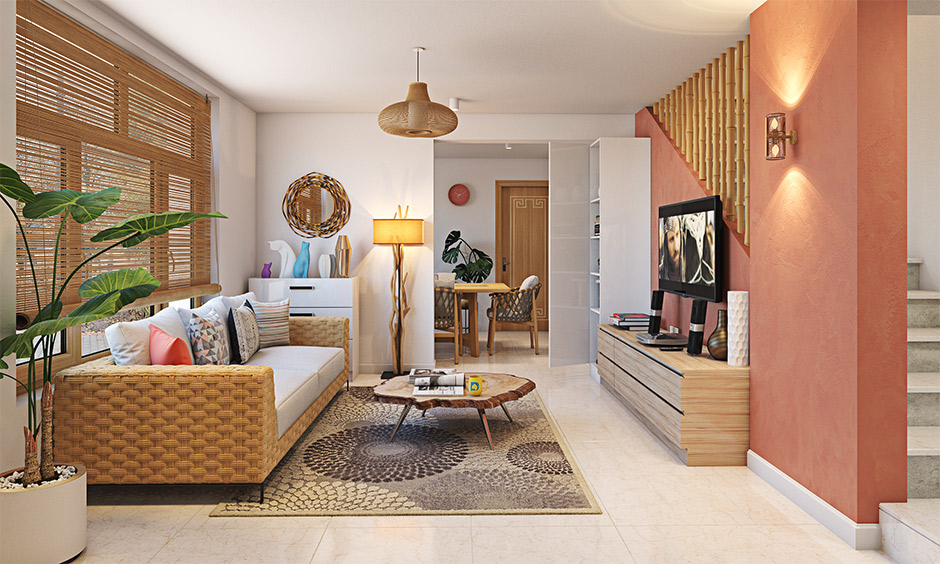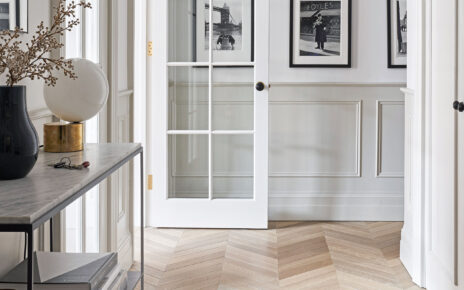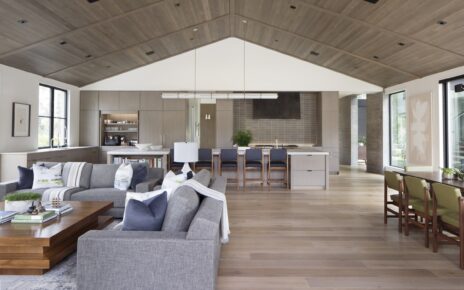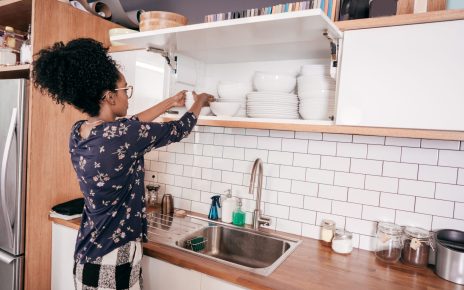Sustainable homes reduce energy use through multiple strategies. This may include using materials which are recycled or easily renewable such as bamboo and organic cotton for furniture and fabrics.
Subterranean homes, also known as earth sheltered houses, are another eco-friendly housing trend. Constructed into hillside terrain, only their front door and windows remain visible from outside.
Smaller Houses
Small houses are not only trendy; they can save you money on construction and utility costs as well as having less of an environmental footprint than larger houses as less energy is used to heat and cool them.
One of the best eco-friendly home designs is an underground or earth sheltered house, which encases itself completely beneath the earth except for an entry door and some windows. This design protects it from potential natural disasters while helping keep summer temperatures under control.
Another popular choice is rammed earth for building houses, as this material can easily be found anywhere and provides excellent thermal and acoustic protection. Furthermore, its walls can absorb and release heat during the day and night as a form of natural air conditioning, cutting your heating/cooling costs significantly. Furthermore, rammed earth homes are fireproof without containing toxic substances – thus helping you to lower your carbon footprint and enhance quality of life!
Orientation
Home orientation is an integral component of sustainable home design, and should play an essential role. It entails how well positioned a house is relative to sunlight and wind for energy-efficiency; and ensures the sun can both heat the home in wintertime while simultaneously cooling it in summer, thus reducing energy usage and environmental impact.
Many eco-friendly houses are constructed using green building materials sourced locally and from renewable resources. These materials help reduce carbon emissions during construction, shipping and installation; additionally, their low VOC emission levels help improve indoor air quality by producing fewer harmful chemicals and producing lower VOC levels than their conventional counterparts.
Smart planting and landscaping can help reduce your carbon footprint in other ways too. Selecting plants suited for their climate and soil type will cut watering needs significantly while using drip irrigation instead of pumps helps minimize electricity use and evaporation costs. Plus, grassless landscapes containing native species will help prevent soil erosion!
Rainwater Reuse
Use of rainwater for gardening and lawn irrigation is an integral component of sustainable home design, reducing water pump usage while eliminating waste through evaporation. Furthermore, rainwater allows natural drainage while serving as an environmentally-friendly alternative to traditional sprinkler systems.
builders seeking to attract environmentally-minded home buyers often incorporate recycled and ethically sourced materials in their constructions, such as recycled beams for ceiling structures or outdoor brick pavers as bathroom flooring. Furthermore, they may select paints with lower Volatile Organic Compound (VOC) levels in order to maintain healthy indoor air quality for their residents.
Implementing energy-efficiency and green technologies into the construction process is not only great for the environment, but can save money on utilities, maintenance expenses and overall running expenses over time. Contrary to what some may believe, these strategies do not significantly add to upfront construction costs; in fact, incorporating them from day one with careful design may actually lower operating expenses in the long run.
Renewable Energy
Sustainability in building is achieved by selecting eco-friendly materials and energy-saving systems, in addition to making smart choices about where the home should be situated and the amount of space necessary.
Solar and wind power are popular renewable energy sources in new homes. Other innovations include geothermal technology that uses earth heat to produce electricity as well as new methods that harness ocean energy, tides, or bioenergy for use as power.
Building with recycled materials is another eco-friendly trend. Repurposing beams, outdoor brick pavers and repurposed wood conserves resources and reduces environmental impacts while offering beautiful accents in homes.
Landscape design can have a tremendous impact on a home’s environmental sustainability. By choosing plants that suit your location and thrive with minimal upkeep, landscaping can reduce watering and mowing requirements and thus save energy usage for these services. Drip irrigation systems help direct water directly to plant roots rather than being wasted through evaporation.
